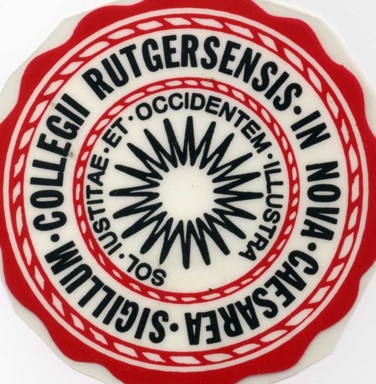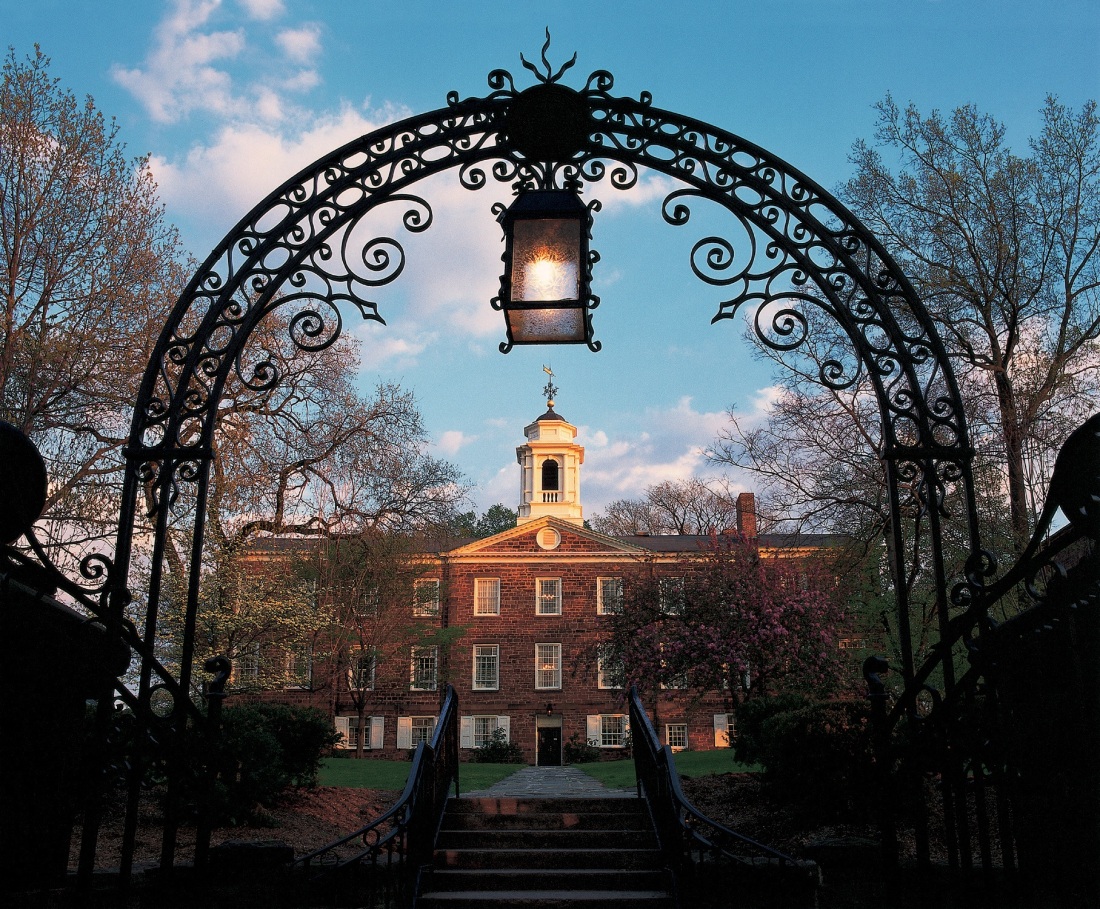4.17.23
Tom McLaughlin
April is Autism Awareness Month, and according to a 2023 CDC report, 1 in 36 U.S. children under the age of 8 have been diagnosed with autism spectrum disorder (ASD). This rate is four times higher than when the CDC began collecting nationwide data on the disorder in 2000, and statistics show that over 6 million Americans live with the condition. Exponential growth in diagnoses has led to a more robust body of research into potential links between ASD and a variety of possible contributing factors, including dyes, gluten, and food additives. Alongside this research has come increased speculation on medicinal and nutritional interventions among parents looking for answers. Rutgers University in Camden neuroscientist Brian Corbett sees a pressing need to separate scientific evidence from baseless claims.

1 in 36 U.S. children under the age of 8 have been diagnosed with autism spectrum disorder.
“Individuals with autism spectrum disorder have more excitatory synapses in their cortical neurons,” said Corbett, assistant professor of biology in the College of Arts and Sciences. “This can result in hypersensitivity to sensory information. Imagine if a closing car door sounded like a bomb exploding—it would cause some profoundly detrimental changes in everyday life. Hyperactivity resulting from increased brain activity can lead to seizures, and the prevalence of epilepsy is higher in those with ASD. Even in the absence of seizures, it affects how all information is processed.”
Corbett believes increased diagnoses come in part from a better understanding of ASD as a spectrum of related disorders. He also believes that there is more social acceptance and understanding of ASD, so parents might be more willing to have their child diagnosed with a disorder on the spectrum.
As with many complex neurological disorders, many factors can likely contribute to ASD, including genetics. Corbett noted that no environmental factors are widely accepted as being contributing factors to autism in a significant percentage of cases. There is some preliminary evidence, however, that toxins like heavy metals and cigarette smoke might contribute to ASD development in some individuals.
“We’re still at the investigating phase,” Corbett said. “In reality, ASD is definitely a complex disorder with many different causes or contributing factors.”
The hormone oxytocin has gained some interest in ASD treatment, since it is particularly important for social behaviors. Oxytocin was shown to improve some social behaviors associated with ASD, according to a study from the PNAS [no citation]. However, follow-up studies failed to produce the same positive effect on social skills.
“It seems like oxytocin can improve social behaviors in some individuals with ASD, especially those with low oxytocin,” Corbett said. “But again, ASD is a complex disease with a varied mix of pathologies.”
See the full article here .
Comments are invited and will be appreciated, especially if the reader finds any errors which I can correct. Use “Reply”.

five-ways-keep-your-child-safe-school-shootings
Please help promote STEM in your local schools.
Rutgers-The State University of New Jersey, is a leading national research university and the state’s preeminent, comprehensive public institution of higher education. Rutgers is dedicated to teaching that meets the highest standards of excellence; to conducting research that breaks new ground; and to providing services, solutions, and clinical care that help individuals and the local, national, and global communities where they live.
Founded in 1766, Rutgers teaches across the full educational spectrum: preschool to precollege; undergraduate to graduate; postdoctoral fellowships to residencies; and continuing education for professional and personal advancement.
Rutgers University is a public land-grant research university based in New Brunswick, New Jersey. Chartered in 1766, Rutgers was originally called Queen’s College, and today it is the eighth-oldest college in the United States, the second-oldest in New Jersey (after Princeton University), and one of the nine U.S. colonial colleges that were chartered before the American War of Independence. In 1825, Queen’s College was renamed Rutgers College in honor of Colonel Henry Rutgers, whose substantial gift to the school had stabilized its finances during a period of uncertainty. For most of its existence, Rutgers was a private liberal arts college but it has evolved into a coeducational public research university after being designated The State University of New Jersey by the New Jersey Legislature via laws enacted in 1945 and 1956.
Rutgers today has three distinct campuses, located in New Brunswick (including grounds in adjacent Piscataway), Newark, and Camden. The university has additional facilities elsewhere in the state, including oceanographic research facilities at the New Jersey shore. Rutgers is also a land-grant university, a sea-grant university, and the largest university in the state. Instruction is offered by 9,000 faculty members in 175 academic departments to over 45,000 undergraduate students and more than 20,000 graduate and professional students. The university is accredited by the Middle States Association of Colleges and Schools and is a member of the Big Ten Academic Alliance, the Association of American Universities and the Universities Research Association. Over the years, Rutgers has been considered a Public Ivy.
Research
Rutgers is home to the Rutgers University Center for Cognitive Science, also known as RUCCS. This research center hosts researchers in psychology, linguistics, computer science, philosophy, electrical engineering, and anthropology.
It was at Rutgers that Selman Waksman (1888–1973) discovered several antibiotics, including actinomycin, clavacin, streptothricin, grisein, neomycin, fradicin, candicidin, candidin, and others. Waksman, along with graduate student Albert Schatz (1920–2005), discovered streptomycin—a versatile antibiotic that was to be the first applied to cure tuberculosis. For this discovery, Waksman received the Nobel Prize for Medicine in 1952.
Rutgers developed water-soluble sustained release polymers, tetraploids, robotic hands, artificial bovine insemination, and the ceramic tiles for the heat shield on the Space Shuttle. In health related field, Rutgers has the Environmental & Occupational Health Science Institute (EOHSI).
Rutgers is also home to the RCSB Protein Data bank, “…an information portal to Biological Macromolecular Structures’ cohosted with the San Diego Supercomputer Center. This database is the authoritative research tool for bioinformaticists using protein primary, secondary and tertiary structures worldwide….”
Rutgers is home to the Rutgers Cooperative Research & Extension office, which is run by the Agricultural and Experiment Station with the support of local government. The institution provides research & education to the local farming and agro industrial community in 19 of the 21 counties of the state and educational outreach programs offered through the New Jersey Agricultural Experiment Station Office of Continuing Professional Education.
Rutgers University Cell and DNA Repository (RUCDR) is the largest university based repository in the world and has received awards worth more than $57.8 million from the National Institutes of Health. One will fund genetic studies of mental disorders and the other will support investigations into the causes of digestive, liver and kidney diseases, and diabetes. RUCDR activities will enable gene discovery leading to diagnoses, treatments and, eventually, cures for these diseases. RUCDR assists researchers throughout the world by providing the highest quality biomaterials, technical consultation, and logistical support.
Rutgers–Camden is home to the nation’s PhD granting Department of Childhood Studies. This department, in conjunction with the Center for Children and Childhood Studies, also on the Camden campus, conducts interdisciplinary research which combines methodologies and research practices of sociology, psychology, literature, anthropology and other disciplines into the study of childhoods internationally.
Rutgers is home to several National Science Foundation IGERT fellowships that support interdisciplinary scientific research at the graduate-level. Highly selective fellowships are available in the following areas: Perceptual Science, Stem Cell Science and Engineering, Nanotechnology for Clean Energy, Renewable and Sustainable Fuels Solutions, and Nanopharmaceutical Engineering.
Rutgers also maintains the Office of Research Alliances that focuses on working with companies to increase engagement with the university’s faculty members, staff and extensive resources on the four campuses.
As a ’67 graduate of University College, second in my class, I am proud to be a member of

Alpha Sigma Lamda, National Honor Society of non-tradional students.


